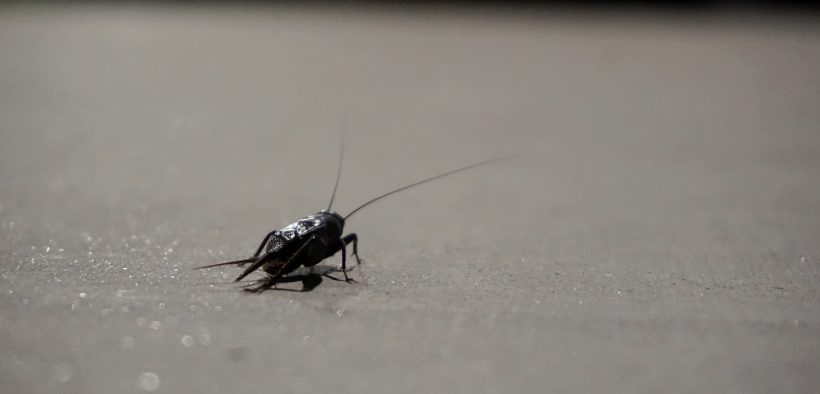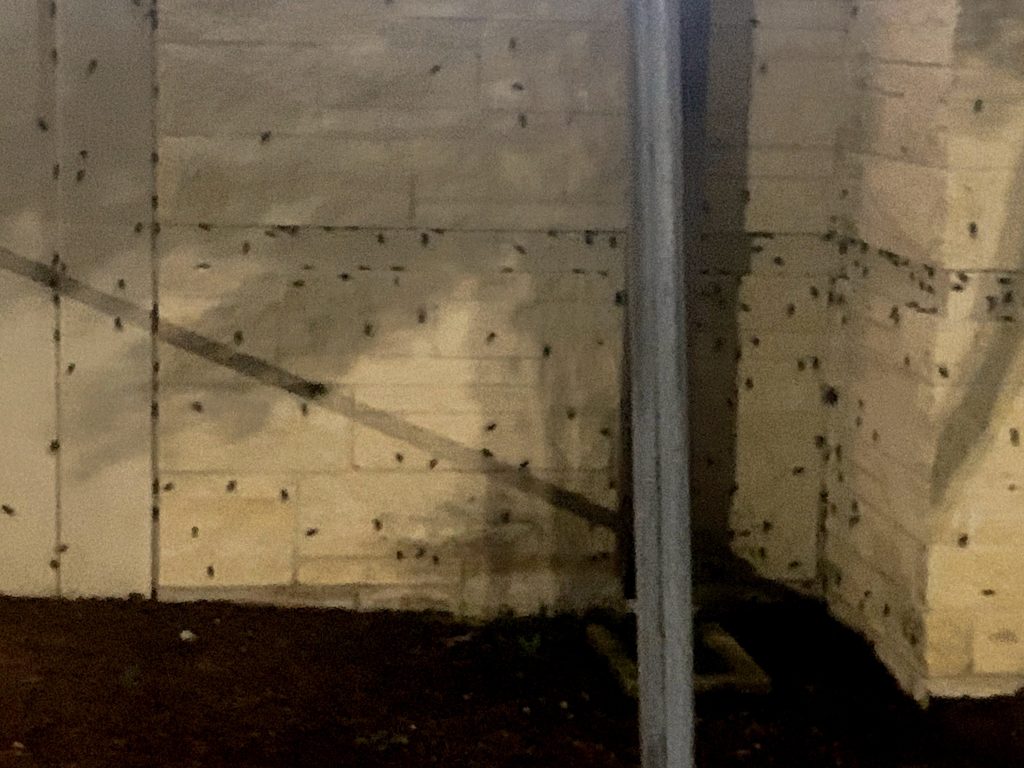Crickets Surge Campus!
Share

Students, faculty, and staff have expressed discontent and annoyance with the recent surge of black field crickets on campus.
“The crickets have been really annoying in Brown-Cody, they are just everywhere, it’s really disgusting,” sophomore and resident assistant Elia Gnao-Guei Kere said. “It’s hard to deal with it because people complain about it and there is nothing we can really do except putting towels in front of our doors to keep them from coming in.”
In response to the inconvenience, President Trombley wrote to assure the community that this would be addressed: “We have contacted our pest control contractor to treat the problematic areas in and around campus buildings.”
Breeding season for the crickets occurs in August and September when the weather conditions are the most favorable for them. Their overwhelming presence on campus can be attributed to the fact that crickets are drawn to artificial lighting, including the indoor lighting in the buildings on campus and floodlights on pickleball courts, the sand volleyball pit, and other outdoor recreational areas.
First-year Ansh Tripathi, a Brown Cody Hall resident, detailed how “there have been so many crickets that have piled up and blocked the entrance.” This has made it hard to enter the building due to the possibility of a cricket attack.

Crickets have gained access by finding their way through doors and various gaps to pass into buildings throughout campus, including dorms. Senior Marley Sensenderfer detailed how crickets have recurred throughout her years here on campus, but that “this year has by far been the worst…I keep looking all over my apartment to make sure new ones haven’t gotten in – it’s psychological warfare at this point.”
As the cricket surge begins to wane with assistance from pest control, it can be predicted that they will inevitably return next August. Importantly, the overabundance of crickets could reduce the plants and insects they feed on. As such, the SU community should remain aware and learn from this experience for next year.
